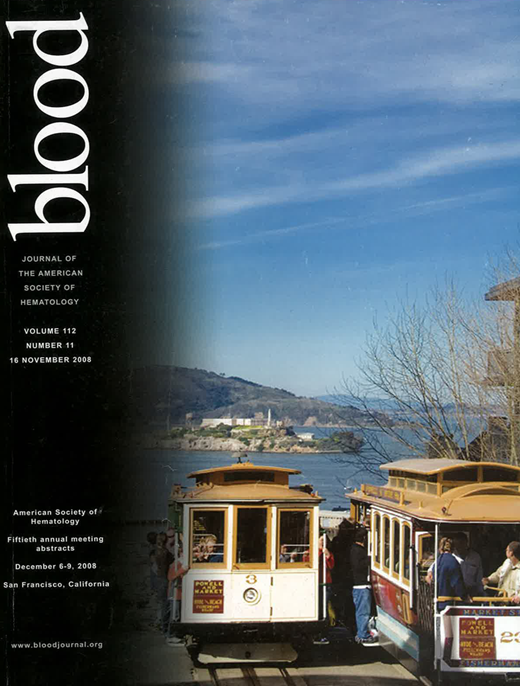Abstract
NKp46 is likely the most specific marker for natural killer (NK) cells across species. NKp46 is also expressed on a minute fraction of NKT-like, but not CD1d-restricted, NKT cells. In our interleukin (IL)-15 transgenic (tg) leukemia C57BL/6 and FvB/NJ mouse models, we found that virtually all (90~98%, n = 5) NKT acute lymphoblastic leukemia (ALL) cells express NKp46. We therefore hypothesized that the NKp46(+) NKT subset, accounting for far less than 1% of lymphocytes in both mice and humans, is more susceptible to malignant transformation in an IL-15, proinflammatory environment when compared to the much more abundant NKp46(−) NKT subset. Consistent with this hypothesis, we observed that NKT leukemic incidence varies directly with percentage of NKp46(+) NKT cells in two murine strains: mice on the FvB/NJ background have 37.3 ± 8.9% (n = 3) NKp46(+) NKT cells and 30% NKT ALL, while C57/B6 mice have <2% NKp46(+) NKT cells and <1% NKT ALL. Functional and phenotypic characterization of murine NKp46(+) NKT cells indicated that:
NKp46(+) NKT cells have higher in vivo proliferative capacity than NKp46(−) NKT cells in wild-type mice [19.7 ± 2.6% vs. 13.2 ± 1.8% BrdU(+) cells, p < 0.05, n = 5, by BrdU incorporation assay]; accordingly, when compared to total NKT from WT mice, the proportion of NKp46(+) NKT in polyclonal IL-15 tg mice increased 68%, while NKp46(−) NKT decreased 21% (p < 0.05, n = 3 for both subsets).
Compared to NKp46(−) NKT cells, NKp46(+) NKT cells show higher expression of markers associated with maturation (e.g. Ly49D/G2) and activation (e.g. CD122, CD69) and
produce more IFN-γ after co-stimulation with IL-12 and 18 in vitro [37.2 ± 1.8 % vs. 21.0 ± 5.3 IFN-γ(+) cells, n = 3, p < 0.01, by intracellular flow analysis], and are more cytotoxic [39.1 ± 0.9 % vs. 23.5 ± 1.5 %, CD107a(+) cells, n = 3, p < 0.01, by degranulation assay].
Similar studies of NKT in human peripheral blood demonstrated the scarcity of NKp46(+) NKT cells (1.3 ± 0.7% of NKT, n = 3), which produced more IFN-γ than NKp46(−) NKT cells after co-stimulation with IL-12 and IL-18 [21.1 ± 4.8% vs. 10.7 ± 3.8% IFN-γ(+) cells, n = 3, p < 0.05, by intracellular flow analysis], suggesting similar characteristics of human and murine NKp46(+) NKT cells. Finally, microarray data analysis indicated that blasts from 38 CD3(+) large granular lymphocyte (LGL) leukemia patients showed significantly higher NKp46 expression than that seen in either normal peripheral blood mononuclear cells or CD8 T cells, irrespective of whether the cells were resting or activated (p < 0.01 for all comparisons). In summary, we believe that NKp46(+) NKT cells, a minor NKT subset in mice and humans, are more mature, more activated, more functionally potent, more proliferative, and more responsive to IL-15 in vivo. At least some of these attributes may contribute to an increased susceptibility of the NKp46(+) subset to malignant transformation when IL-15 is over-expressed in vivo.
Disclosures: No relevant conflicts of interest to declare
Author notes
Corresponding author

